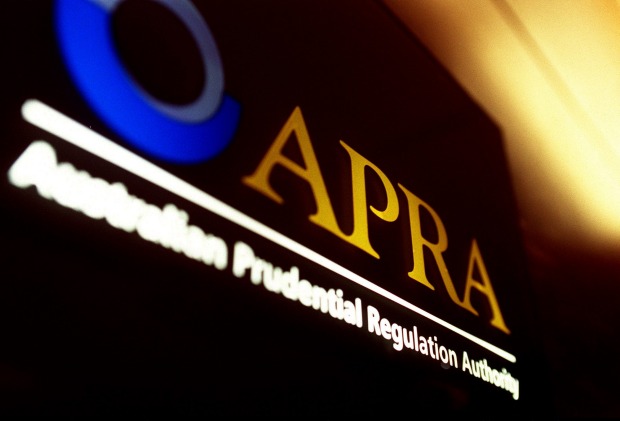
Homeowners who’ve been struggling with their mortgage repayments could see their problems worsen as the nation’s central bank and financial regulator hand the banks more reasons to hike interest rates.
Official rate hikes are on the way
The worst hit will likely be borrowers who entered the capital city housing markets at the tail end of the housing boom. In its July meeting, the Reserve Bank of Australia (RBA) warned that as many as eight official rate hikes are just around the corner, as the cash rate heads for a new normal of 3.5%. To further complicate the situation, the Australian Prudential Regulation Authority (APRA) has raised bank equity targets by 150 basis points to 10.5%.
These developments are taking place in an environment where the gap between variable mortgage rates and the official cash rate is the widest it’s been since 1994, doubling in a single decade.
In April, the Reserve Bank warned in its Financial Stability Review that approximately one third of Australians had built up little or no buffer against higher interest rates, or were less than one month ahead on their repayments.
Recent data from UBS indicates that 85% to 90% of mortgages are variable, which means that millions of households could feel serious debt stress once rates rise. Adding to this, UBS economists Scott Haslem, George Tharenou, and Jim Xu warned in April that Australia’s house prices had most likely hit their peak.
“You’re going to see higher mortgage rates over time,” Tharenou recently told the Domain Group. “It’s not really even, is it? When the RBA cuts, we’ve seen mortgage rates fall by less but if the RBA hikes then you would expect banks to follow at least the movement in the cash rate, if not more.”
That’s worrisome because these rate hikes will be implemented in a country where household debt is at a record-high 190% of income, and wages growth is at near record-low levels.
Banks are repricing loans due to APRA’s curbs
In an effort to restore some stability to the major housing markets, APRA has restricted investor and interest-only lending, which in turn has pushed the banks to reprice such loans.
APRA began its crackdown by capping investor housing credit growth at 10% year-on-year. Then towards the end of March, it limited new interest-only home loans to a 30% overall share.
These measures were seen as fair by some analysts due to investor housing finance climbing well above 50%, while the market share of first-home buyers was dwindling in Sydney and Melbourne.
While it’s too early to tell if APRA’s measures are working, it is having an effect. National Australia Bank’s latest property index indicated that housing sentiment fell noticeably during the last quarter.
Collections: Mortgage News


Share